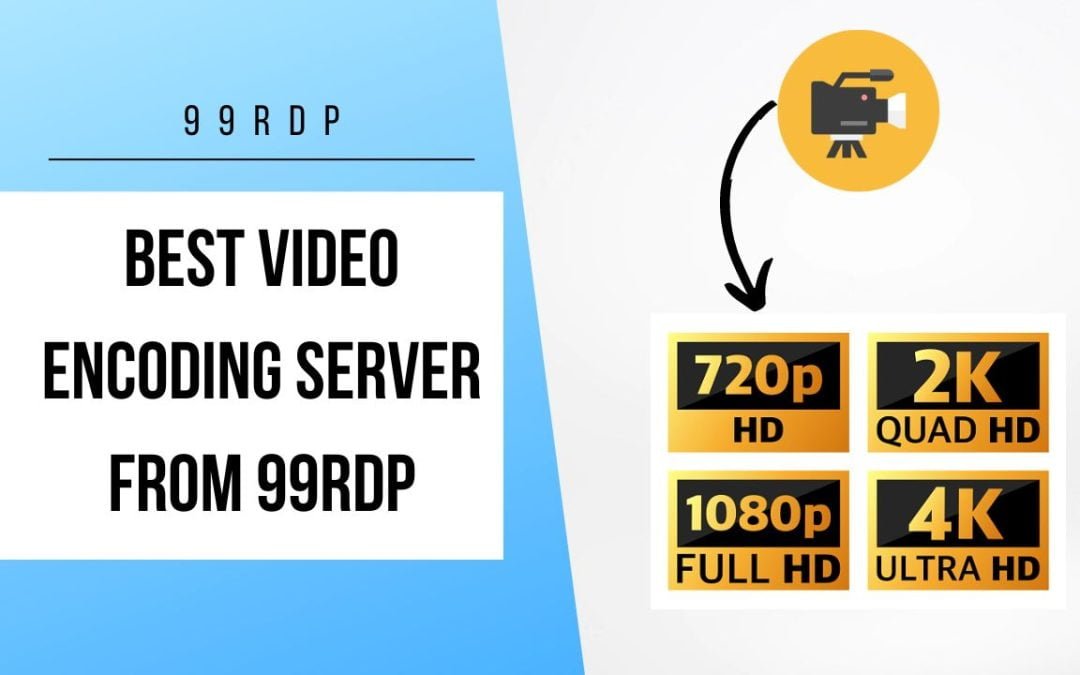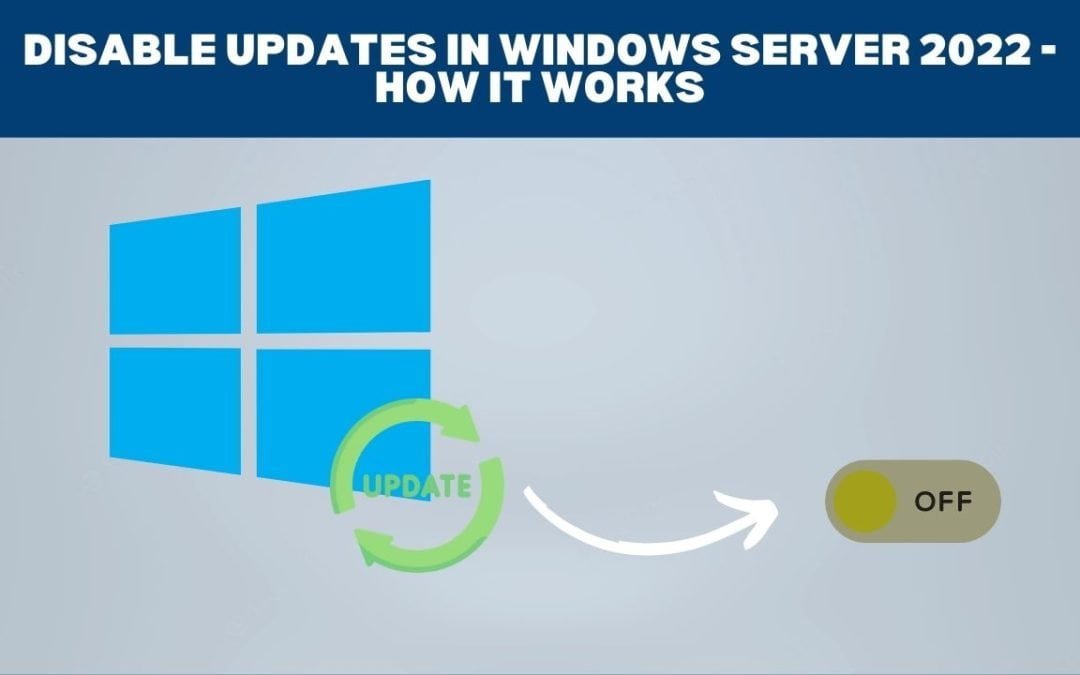Joining two NVMe disks for use with Proxmox Virtualization (PV) is a great way to improve performance and reliability for virtual machines. This can be achieved using software RAID 0, specifically RAID 0 (striping) which provides a single logical volume that spans across the two disks. In this guide, we will show you how to join two NVMe disks for use with Proxmox.
Step 1: Preparing the NVMe Disks
The first step is to ensure that the two NVMe disks are properly installed on the system and recognized by the operating system. You can use the command lsblk to list all available disks on your system. Check that you have identified the NVMe disks that you want to join.
Step 2: Creating the RAID 0 Array
To join two NVMe disks in CentOS 7 for use with Proxmox, we will use mdadm to create a software RAID 0 array. Install mdadm tool using the command:
sudo yum install mdadm
Next, create a new RAID 0 array using the command:
sudo mdadm –create /dev/md0 –level=0 –raid-devices=2 /dev/nvme0n1 /dev/nvme1n1
Replace /dev/nvme0n1 and /dev/nvme1n1 with the actual device names of your NVMe disks.
Once the array is created, format it with a file system of your choice. For example, to format the RAID array with an ext4 file system, run the following command:
sudo mkfs.ext4 /dev/md0
Step 3: Mount the RAID 0 Array
After creating the RAID 0 array, we need to mount it so that it is accessible to Proxmox.
Create a mount point directory for the RAID 0 array using the command:
sudo mkdir /mnt/nvme-raid
Mount the RAID 0 array to the mount point directory using the command:
sudo mount /dev/md0 /mnt/nvme-raid
Step 4: Configure Proxmox to use the RAID 0 Array
- Now that we have the RAID array mounted, we can configure Proxmox to use it as a storage device.
- Open the Proxmox web interface and go to the Datacenter view.
- Click on the Storage tab and then click the Add button to add a new storage device.
- In the Add: Storage dialog box, select Directory as the storage type and enter a name for the storage device.
- In the Content section, select ISO Image, Container, and Templates as the content type.
- In the Directory section, enter the path to the mount point directory of the RAID array. For example, if the mount point directory is /mnt/nvme-raid, then enter /mnt/nvme-raid as the directory path.
- Click the Add button to create the new storage device.
Congratulations! You have now successfully joined two NVMe disks for use with Proxmox Virtualization. This will provide improved performance and reliability for your virtual machines.



